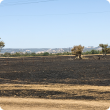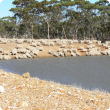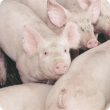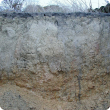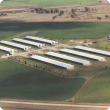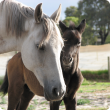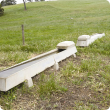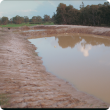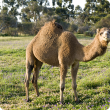Filter by regions:
- (-) Remove Great Southern filter Great Southern
- (-) Remove Peel filter Peel
- (-) Remove Perth regions filter Perth regions
- (-) Remove Wheatbelt filter Wheatbelt
- South West (540) Apply South West filter
- Mid West (523) Apply Mid West filter
- Goldfields-Esperance (504) Apply Goldfields-Esperance filter
- Gascoyne (369) Apply Gascoyne filter
- Pilbara (346) Apply Pilbara filter
- Kimberley (340) Apply Kimberley filter


